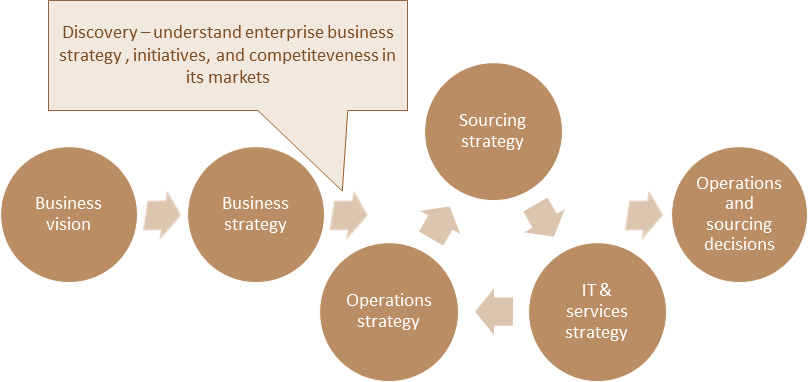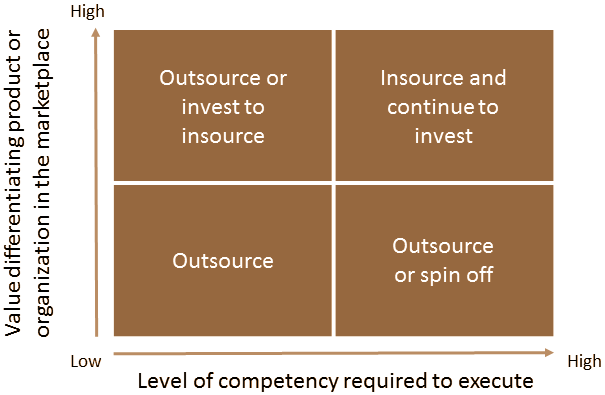





















Gartner is widely acknowledged as coining the term "multisourcing" for IT, per their description of it as "the disciplined provisioning and blending of business and IT services from the optimal set of internal and external providers in the pursuit of business goals."[1]
Multisourcing is found in sources at least as far back as the 1930's, and has been used with regard to electronics and computers since the 1960's—well before Gartner's founding in 1979. But it would not be the first time wisdom was revealed to be common sense under the covers. Perhaps it is no coincidence that the expression, "Don't put all your eggs in one basket," is attributed to Miguel Cervantes, as the quest to strike the proper balance in outsourcing can seem quixotic at times.
While many aspects of outsourcing can be successfully delineated and contracted on a one-off basis, piecemeal approaches introduce risks such as fragmenting enterprise data, inhibiting business reporting and introducing other processing incompatibilities. A viable, value-adding sourcing strategy must start with the business objectives of the enterprise, constantly refined or re-defined in concert with operations and IT services strategies as the business evolves in order to arrive at optimal sourcing decisions.

In practice, multisourcing includes "right-sourcing," that is, internal sourcing can be a viable and desirable option. At a fundamental level, whether or not to outsource depends on the degree to which the end product differentiates the enterprise in the marketplace and the level of skill required to achieve it. High differentiation + highly skilled = something to keep in-house.

The fundamental objectives of a competent sourcing program are to:
- achieve efficiencies which improve the organization's overall cost structure,
- enable enhancements which facilitate quality improvement, and
- enable transformation which allows the organization to achieve innovation.
We explore these further discussing the multisourcing framework.
| Viz. the Gartner glossary, disciplined multisourcing, at www.gartner.com/it-glossary/disciplined-multisourcing/, retrieved 6 July 2017. |


